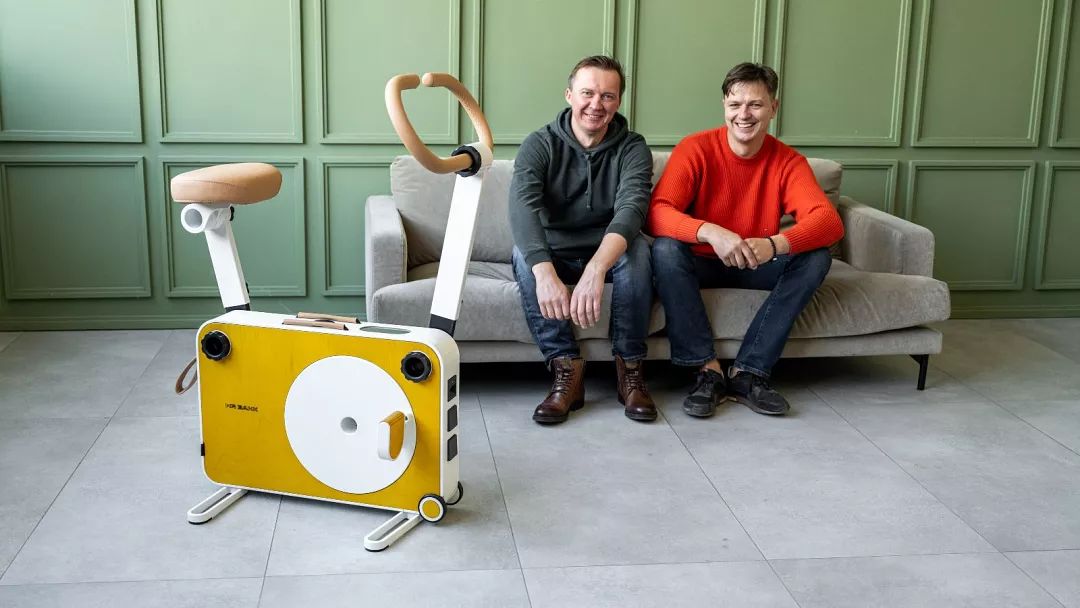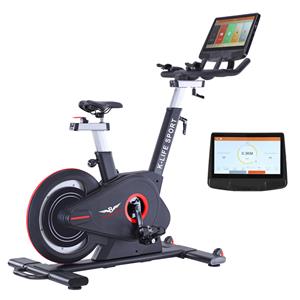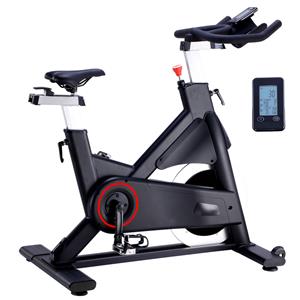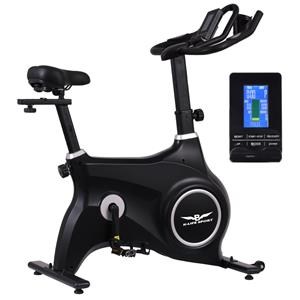Cycling to generate electricity: Two exercise bikes are enough to power the entire theater
Cycling to generate electricity—a perfect combination of technology and art
This year, the Lithuanian National Drama Theater staged a play called "Performing for Life in the Age of Extinction", which was powered entirely by two specially designed exercise bikes. These exercise bikes were manufactured by Lithuanian startup Tukas EV, whose CEO Jonas Navickas said, "When we developed this exercise bike, we never thought it would be used for this kind of performance on the stage of the National Theater."
Deep integration of plot and environmental protection concepts
The play, written by American playwright Miranda Rose Hall, tells the history of the earth and the rise and fall of various species, and emphasizes the potential role of humans in causing the sixth mass extinction. Under the guidance of British director Katie Mitchell, the play can be easily replicated in any country and is part of the STAGES (Sustainable Theatre Alliance for a Green Environmental Shift) initiative. The alliance aims to achieve theatrical performances through completely local resources, including local directors, actors, sets and locally generated electricity, which is where exercise bike power generation comes in.
A pioneer in global green theatre
This “co-production system” enables theatre about the environmental crisis to tour from Europe to Taiwan without adding any carbon emissions. The alliance is currently co-funded by the European Union and has 14 European theatres participating, including the Theatre of Liège in Belgium, the National Theatre of Zagreb in Croatia, the Theatre of Lausanne in Switzerland and the Teatro Teatro Milano in Italy.
Technical details and sustainable development
The Lithuanian version of the performance relies entirely on the two actors on the stage to generate electricity by riding. Each Tukas EV’s ‘HR Bank’ exercise bike can generate 50 to 300 watt-hours of electricity through regular riding and store this electricity in a 2 kWh battery. A 15-minute ride can charge a smartphone, and a three-hour ride is enough to power the entire 1.5-hour performance, including lighting.

The story behind it and the environmental vision
Navickas revealed that he was inspired by the war in Ukraine last year and decided to develop this exercise bike. He said, "When Ukraine's infrastructure was bombed, I was shocked to see people using many extension cords to get electricity from a generator to charge their mobile phones." Therefore, HR Bank can not only provide off-grid solutions when disaster strikes, but also use sustainable materials for manufacturing, including recycled aluminum and FSC-certified birch plywood.
Market Prospects and Challenges
Although the HR Bank exercise bike is powerful and environmentally friendly, its price is about 3,000 euros, which is not affordable for most consumers for the time being. However, its customizability and portability (with trolley-style wheels) make it have a wide range of application potential in home and office scenarios. In addition, if mass-produced, the HR Bank exercise bike is expected to achieve a reduction in manufacturing costs.
This innovative project that combines technology and art not only brings new inspiration to the fitness equipment industry, but also shows us the infinite possibilities of environmental protection and sustainable development. With the continuous advancement of technology and the reduction of costs, cycling power generation may become a part of daily life in the near future, contributing more green power to our planet.




